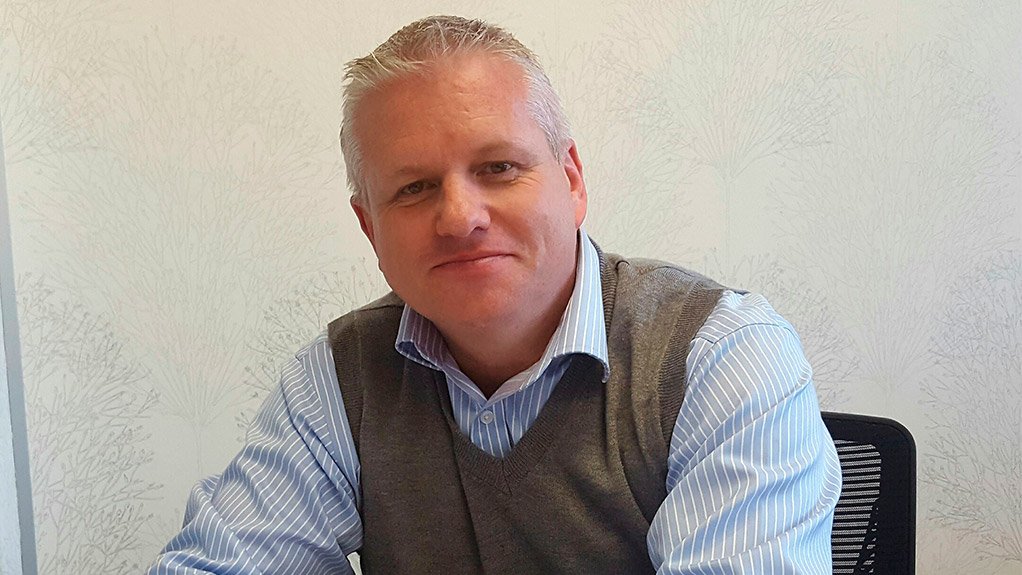Intelligent cameras that detect and track intruders, the automation of control room systems that enable guards to be more proactive and growing rental demand are some of the key trends within the security industry, says integrated security multinational G4S South Africa technology director Tim Timmins.
Analytics, automation and firmware algorithms integrated into unified systems provide security personnel with improved capabilities, reduce the need for constant attention and shift the focus to proactivity and preventing incidents.
“We are registering signifi- cant demand for automatic perimeter intruder detection and tracking systems, which use intelligent thermal cameras and native algorithms. These detection systems are also aimed at preventing incidents, instead of only responding to them, which suits modern security operations,” he says.
The capabilities of the cameras’ firmware include automatic detection of missing objects or objects left unattended – such systems are in place at local airports – and automatically tracking a person across multiple video camera feeds. Such systems can be applied to detecting theft and tampering.
Further, facial recognition analytics systems linked to high-definition video cameras can be used to monitor thousands of people, even in the busiest places, such as public transport hubs, shopping centres, airports and events.
A facial recognition time and attendance systems were successfully trialled at a mine in South Africa, which saved time, compared with physical biometrics systems, was easy to implement and effective in an operational environment, Timmins says.
A significant trend in the industry remains the demand for integrated systems that can be managed from single physical security information management platforms. This reduces the need to train personnel on multiple systems and allows for the data to be sent to various dashboards and used rapidly and more effectively.
There is growing demand for renting security systems, as this enables companies to access high-level security systems without impacting on their balance sheets, highlights Timmins.
“The rental model means that companies fund the security systems as an operating expenditure, do not have to manage depreciation of the assets and, once the contract expires, can opt to install the latest technology systems.”
The G4S technology division provides security systems integration services, and information systems for nonsecurity and secondary uses, such as mapping the movement of people in retail stores to improve layout and displays and at large events for crowd control.
Timmins says the company’s technology day held last month was aimed at informing existing and potential customers about the latest security technologies and systems from the company and its technology partners.
“It has proven to be an effective platform where customers can meet with the company’s and partners’ technology experts to stipulate their requirements and gather information on potential solutions. G4S will aim to hold these technology days every six months,” he concludes.
Edited by: Martin Zhuwakinyu
Creamer Media Senior Deputy Editor
EMAIL THIS ARTICLE SAVE THIS ARTICLE
ARTICLE ENQUIRY
To subscribe email subscriptions@creamermedia.co.za or click here
To advertise email advertising@creamermedia.co.za or click here













